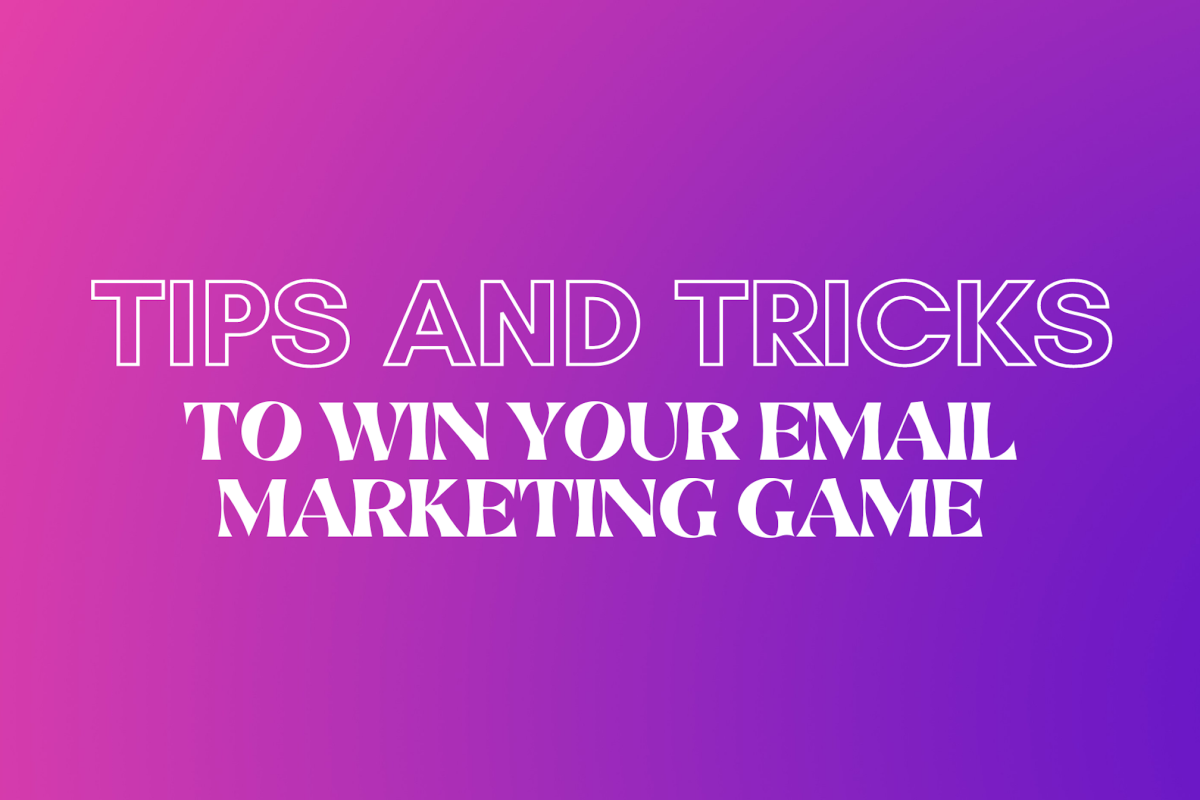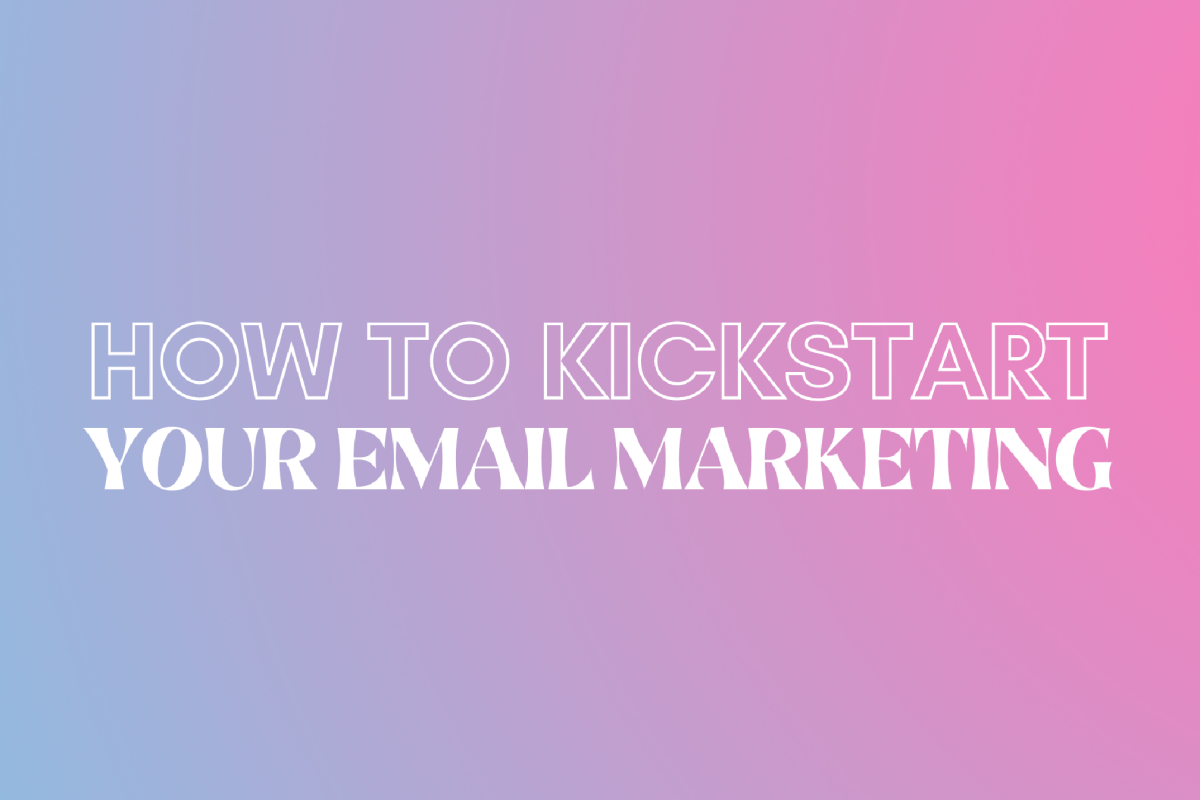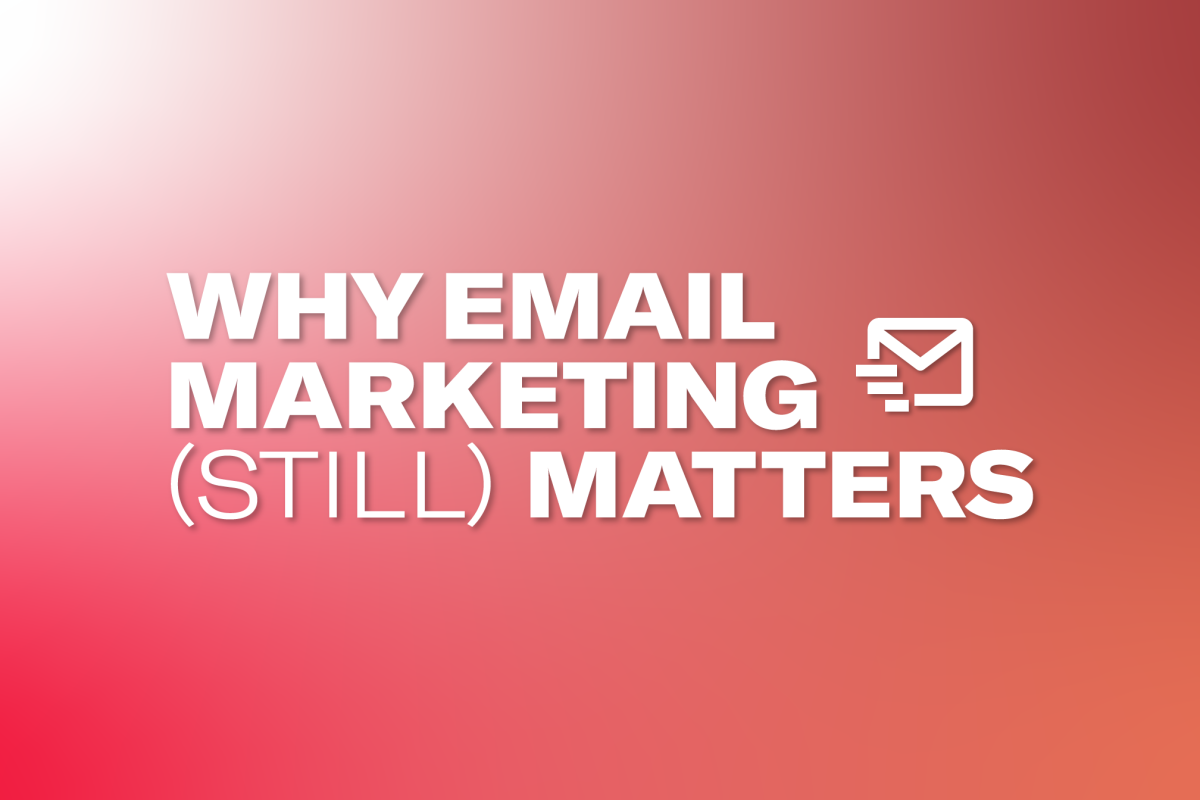Email marketing is one of the well-known tactics that can yield high returns, but it does take a little work to make it sing and distinguish it from competitors. With our tips and tricks, you can turn your newsletter into an anticipated high-conversion email for your audience!
Craft a strategy
It’s all well and good to send emails when you have something to say, but without a plan to tie all these newsletters together, your communication will look a little disjointed and inconsistent. The right strategy will complement your other sales and marketing activities, elevate the perception of your brand and deepen the relationship with your audience.
To create your email marketing strategy, ask yourself the following questions:
- What do I want to achieve with this tactic?
- How do I want to be perceived?
- What main message(s) do I want to convey?
- What impact do I want my emails to have?
- What is my audience looking for?
- What does my audience need?
Out of the answers to the above, create three main themes that you will follow in your email communications.
Segment your email list
This will come as no surprise: the most well-received and sales-effective content is tailored to its intended audience. The more personalised the message, the more your audience will find it valuable and take the time to read it and convert.
The key to good personalisation in email marketing is cutting your overall email list into smaller groups with one common feature. Here are some ways to help you segment your mailing list, but remember to pick your segmenting factor based on what makes the most sense for your brand.
- Age group
- Status (i.e. prospective customer, current customer, former customer)
- Purchase volume
- Time since last purchase
- Interest
- Industry
A/B test
A/B testing, also called split testing, consists of sending out two versions of the same message to your audience. Half of your audience segment will receive one version and the other half will get the other version of your email.
This technique allows you to experiment with copy, design, tone of voice and more to figure out what is more effective on your audience and each of your segments. It’s an easy but powerful tool to refine your communications by learning more about your audience.
Think experience
Copy and assets must complement each other and your message to create a distinctive experience that supports your brand. First impressions are key here. You need compelling headers and eye-catching visuals that will draw your readers into the core of your email where the copy can keep them there… and push them towards sales.
Make it mobile-friendly
46% of emails are opened on a mobile device. This means that roughly half of your potential readers will check – and hopefully open – your email on their phone, so make sure your newsletter is readable and appealing on a phone or iPad.
Think of your fonts, their size and the type of visual assets you use, along with where you use them… Any email marketing platform worth its salt will have a feature for you to preview the email as opened on a phone or desktop.
Timing is key
You don’t want your email to pop up when your audience is unavailable or doesn’t have the time or inclination to read it. If this happens, they’ll either delete the email altogether or leave it for later to read.
Later, however, is also known as this mystical land where your gym membership, learning how to skydive and eating healthier live. In other words, there’s a good chance the email will sit unread in their inbox until it’s deleted. This isn’t the impact you want your snazzy email marketing to have.
Most people check their emails in the morning, on their commute or when they get to their desk, but don’t stop there. The best time for you to send your email will depend on a few things, namely:
- If your target audience is leisure or business
- The nature of your message (sales communication first thing in the morning is not terribly exciting)
- Your industry’s key dates
- Public holidays
- Where audience members are at on their customer journey
- Day of the week
It’s well worth your time to do a little research into your target audience’s habits and trial your top days and times before settling on one.
Go beyond promotions
We all love a good promotion, but email marketing is also a great way to nurture and deepen your relationship with your audience. You want them to get to know you, identify with you and consider you as more than just a supplier. You want the marketing dream of creating an emotional connection with your audience.
To do so, you need to go beyond products and promotions in your communication. Use your email marketing as an opportunity to share what your brand is truly about, its purpose and values, without forgetting all the good things you do beyond selling products.
Want an audit of your email marketing game? Give us a shout at [email protected]. We’d love to hear from you!



